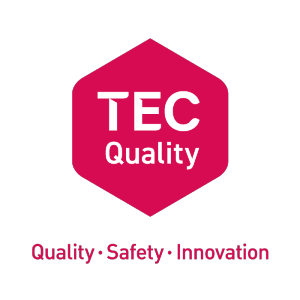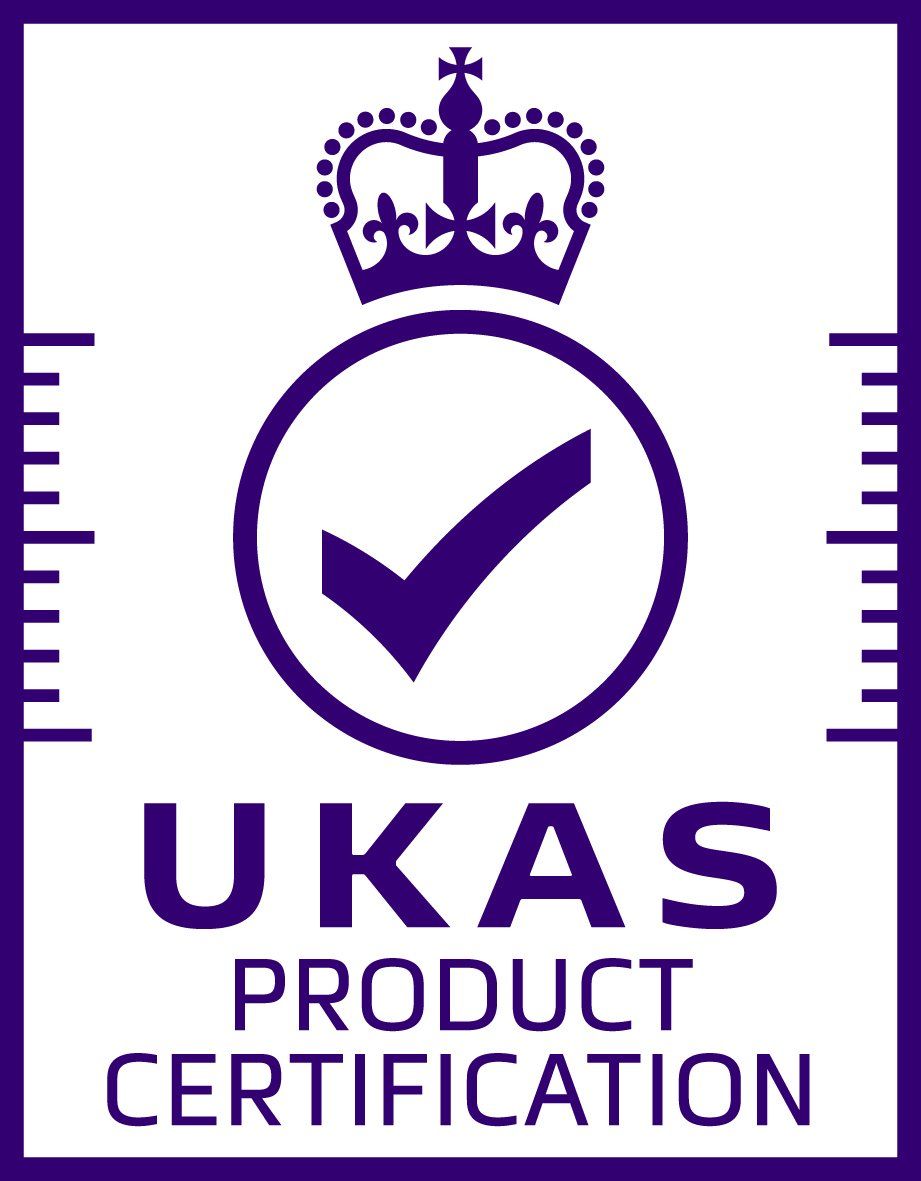TEC Response Services
Service Delivery Module
v3.2
The provision of a physical response to support people in their own homes is an important part of the telecare offer. The role of the responder is to respond quickly and appropriately when a service user needs help and an alert has been raised through their telecare equipment. Responders provide assistance in often very challenging situations: for example, assessing for injury and picking someone up from the floor.
TEC Response Services also have a valuable proactive role to play: planning welfare visits and providing reassurance when service users are discharged from hospital for example. Responders often detect important changes to an individual, which may require additional intervention.
Organisations providing personal care must be registered with the appropriate regulatory body e.g. Care Quality Commission, Care Inspectorate etc.
Key outcomes
- Responders will adopt a person-centred approach - service users will be treated with dignity and respect and will be involved in decisions about their on-going care
- Responders will have a clear understanding of the boundaries of their role and will act only within their sphere of competence
- Service users and carers will receive a timely physical response in line with their needs
Audit process
The Audit Process will seek evidence that the key outcomes have been met.
As a minimum, TEC Quality certified organisations must:
- Have procedures in place for managing access to a service user’s home. This will include information on the usual method
of access and guidance about what to do where access cannot be obtained or is refused.
- Demonstrate that the needs of service users are assessed in line with contractual requirements and that the service is
able to meet those changing needs.
- Demonstrate that responders have the ability to assess incidents in the correct manor and proportionally to service user
needs. This shall be done by formal evaluation process.
- Ensure that any known risks and those risks identified thgrough the assessment, installation and re-evaluation process
that could affect the welfare of the responder are documented in the Service User record.
- Demonstrate that there are documented processes in place for maintaining communications between the Monitoring
Centre, Responder and Service User, when a response has been initiated
- Ensure that the wider needs of users and carers are considered and that these are documented
- Have processes in place which ensure the contemporaneous and accurate recording of notes following a response visit
and associated outcomes.
- Demonstrate that the provision of the Response Service contributes to the achievement of agreed outcomes for users
and carers.
- Ensure that responders are competent in the process of dynamic risk assessment and that this forms part of every visit.
This may include assessment of risk associated with:
- the responder's own safety
- the environment (pets, hoarding, falls)
- a user’s physical or medical conditions (dementia, Body Mass Index)
- safeguarding (self-neglect, abuse)
- Ensure that responders are familiar with the end-to-end TEC process – this should include any equipment used and a re-assessment of TEC
equipment.
- Provide evidence that responders recognise their ‘duty of care’ and act on / escalate any concerns within agreed timescales.
- Provide evidence that any equipment used to support delivery of the Response Service, e.g. moving and handling equipment, is
maintained in accordance with the Manufacturer’s recommendations including measures for Infection, Prevention and Control (IPC).
- Demonstrate that the provision of the Response Service has been subject to a risk assessment and that identified risks are mitigated
wherever possible. This should include lone working, and provision of Personal Protective Equipment (PPE).
- Ensure that there is a documented mechanism in place which provides support for staff following a difficult, or distressing visit
- Have policies in place for dealing with the death of a service user.
- Demonstrate that responders know how to request assistance from the Emergency Services and local Urgent Community Response (UCR)
Teams
- Have documented procedures in place for both the transportation and handover of keys and door entry codes.
- Ensure that following attendance at a response incident, that if the responder needs to leave the Service User and where further response
has been requested (i.e. Ambulance Service, Doctor, NOK etc.), that the Service User is left in a safe and comfortable position as possible.
The responsibility for checking for deterioration must be returned to the monitoring service, until the response has been confirmed to
arrive.
- Demonstrate that there is a post response incident quality check for each responder. This shall be conducted annually as a minimum.
- Where there is a contract in place, provide a falls prevention service in line with the requirements of the service agreement, which shall
include a Falls Risk Assessment Tool (FRAT) as a minimum.
Measures of Excellence
- 9 out of 10 RESPONDER ALERT VISITS to arrive at the Service User’s home within 45 minutes of the decision to deploy, remaining response alert visits within 60 minutes of the decision to deploy
This measure may not always be achievable, in very rural areas for example. This should not preclude a Physical Response Service from being developed and delivered. Where this is the case, Auditors will expect to see fully documented decision-making around response times as well as a risk assessment underpinning this element of service delivery.
Note: Organisations must also comply with the Performance and Contract Monitoring module requirement for evaluation of performance.
Evidence might include
- TSA Core Competency eLearning Resource –Responder Module
- Person centred Care Policy
- Lone Working Policy
- Annual Responder Training Plan
- Safeguarding and Mental Capacity Act policies and procedures
- Anonymised records of response visits
- Managing Access to Service Users' Homes
- Forced Access Procedures
“Far from being the traditional red tape and stifling bureaucracy that many experience, good quality performance and contract management approaches can be both the foundation to showing how well we are achieving our objectives and delivering outcomes and an enormously liberating force. The former is the evidence of our joint achievement and the latter how meaningful partnerships can deliver better care outcomes.”
Mark Allen, Strategic Commissioning Manager, Hampshire County Council


